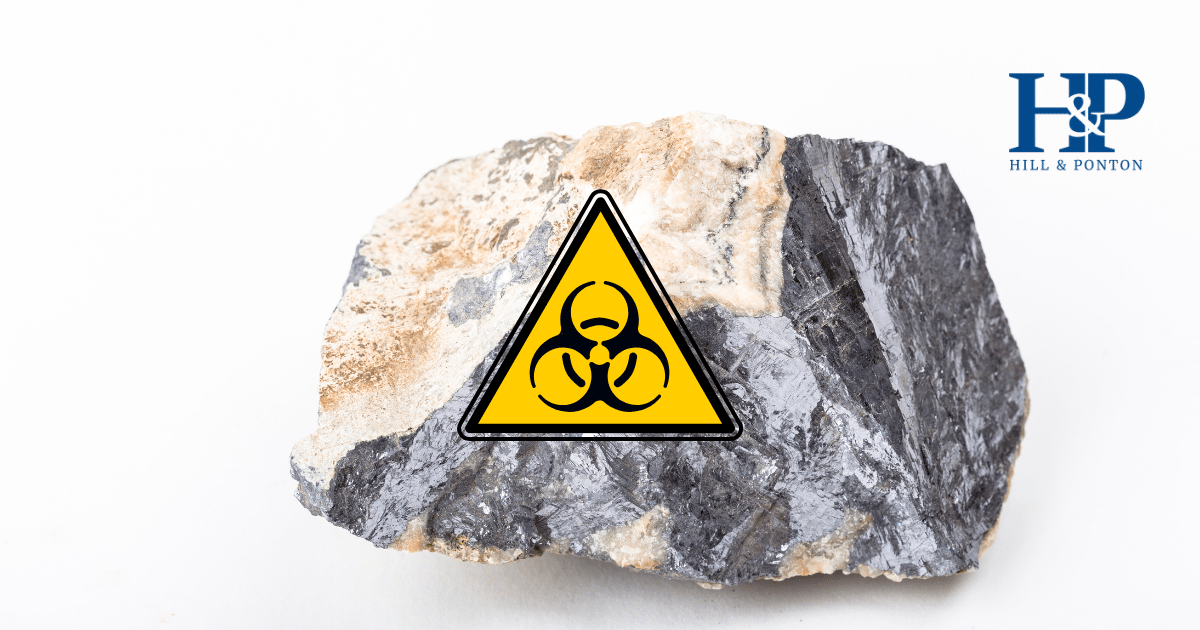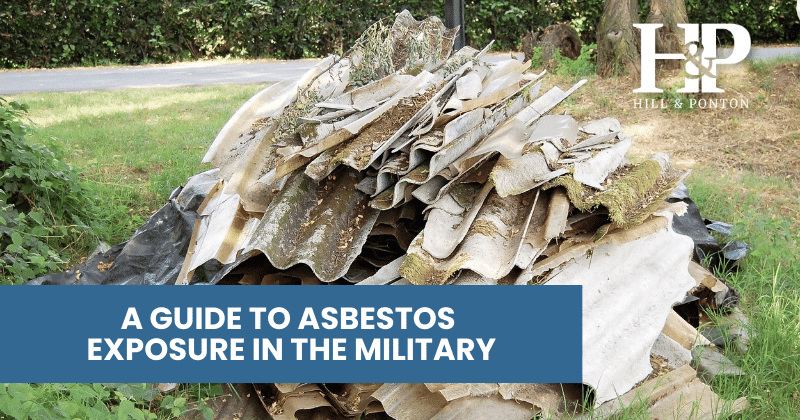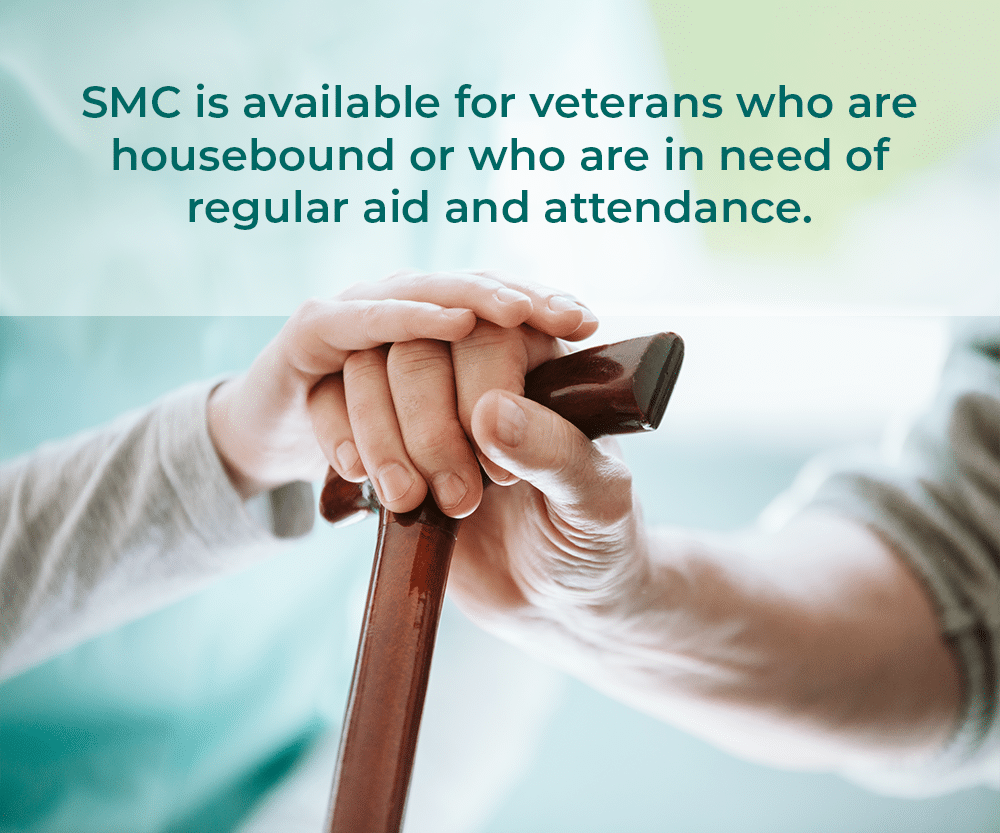Veterans who were exposed to lead during military service may develop serious health issues. While the VA does not provide a direct disability rating for lead exposure, veterans can file claims for conditions caused by such exposure. This guide explains lead exposure risks, its health impacts, and how veterans can secure the benefits they deserve.
Understanding Lead Exposure in Military Service
Lead is a toxic metal historically used in various military settings, including ammunition, paint, and old plumbing systems. While its use has decreased over the years, many veterans were exposed to high levels of lead during service.
How Veterans May Have Been Exposed:
- Contact with lead in the air, dust, or soil at military bases.
- Working at indoor firing ranges or handling ammunition.
- Exposure to deteriorating lead-based paint in military facilities.
- Drinking water from lead-contaminated pipes.
Lead Exposure Through Fuel
In addition to toxic constituents such as JP-7, JP Jet Fuels also contain lead, and even in non-jet aircraft, the gasoline typically used, (called AvGas) contains lead as well. In addition, older veterans who were alive before the switch from lead-containing gasolines to the ubiquitous unleaded gasoline we use today were certainly exposed to dangerous amounts of lead.
Environmental Lead at Military Bases
Living or working on some military bases could expose the average serviceman to lead or lead paint dust from demolition. Many military bases are on the EPA’s superfund cleanup list.
Lakehurst Naval Air Engineering Center in New Jersey, for instance was found to have 6 inches of JP-Fuel in the ground water, and to be heavily contaminated with tetraethyl lead. Vieques, Puerto Rico residents have long been complaining about the contamination of their area by the Navy. High levels of lead, as well as mercury, arsenic, as well as many other chemicals taint the entire area. There are many military bases in the United States on the EPA watchlist or superfund list.
Lead Exposure at the Shooting Range
The National Research Council found that air measurements for lead were higher than the OSHA acceptable standards on many military shooting ranges. The Council found that those who worked in military shooting ranges had high levels of lead in their blood. The Council recommended medical surveillance for workers who were exposed as infrequently as 30 days per year.
Lead Solder
Most solder has been made with lead, and most veterans who worked in maintenance or electronics where they were required to use solder have been exposed to lead. While, in recent years, there has been a shift towards lead-free solder, it is considered inferior in durability to lead solder, which may still be used frequently.
What Is the VA Disability Rating for Lead-Related Conditions?
While there isn’t a specific disability rating for lead exposure, VA assigns ratings for various conditions caused by it, including neurological disorders, hypertension, and kidney damage. Ratings range from 0% to 100%, depending on the severity of the condition.
How to Claim Disability for Lead-Related Conditions
Veterans must file claims for specific health conditions caused by lead exposure, as the VA does not offer a direct rating for exposure itself.
Steps to File a Claim:
- Provide Nexus Letters: Obtain an independent medical opinion linking the lead exposure to your current health issues.
- Gather Evidence: Collect medical records, service documents, and exposure details. Evidence of lead-related health issues is critical.
- Submit VA Form 21-526EZ: Complete this form to apply for disability compensation, providing detailed information about symptoms and exposure.
- Undergo VA Exams: The VA may require examinations to assess the severity and connection of the condition to military service.
Service Connection for Lead Exposure
To qualify for VA benefits, veterans must establish a service connection by proving:
- Exposure: Document where, when, and how you encountered lead during service.
- Diagnosis: Present a current medical diagnosis of a lead-related condition.
- Nexus: Demonstrate that the condition is linked to military lead exposure.
The VA evaluates claims on a case-by-case basis and determines disability ratings based on the severity of symptoms and their impact on daily life.
Common Symptoms of Chronic Lead Poisoning
- Impaired concentration and memory loss
- Fatigue and irritability
- High blood pressure
- Tremors and peripheral neuropathy
- Anemia and kidney damage
How to Win Your VA Claim
- Seek Professional Help: Work with an experienced VA disability attorney or advocate to navigate the claims process.
- Provide Comprehensive Medical Records: Include test results, treatment history, and details of your symptoms.
- Document Exposure: Offer service records or photos of environments where exposure occurred.
Denied VA Benefits for Lead Exposure?
If your claim for lead-related health conditions was denied, don’t give up. Many veterans succeed on appeal by strengthening their evidence and argument.
→ Get a Free Case Evaluation to learn how we can help you secure the benefits you deserve.




